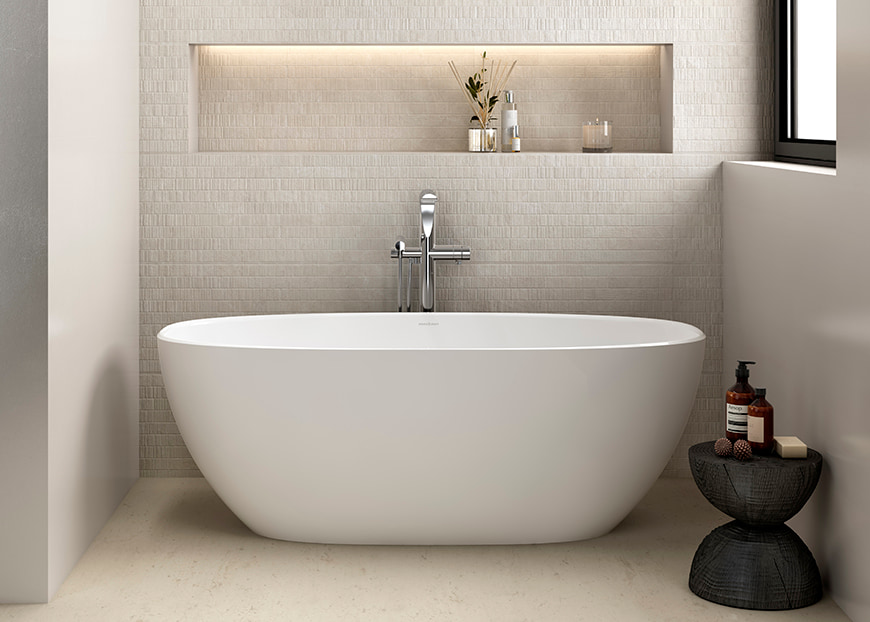Choosing the Right Bathtub for your Bathroom
Monday 14 August 2023
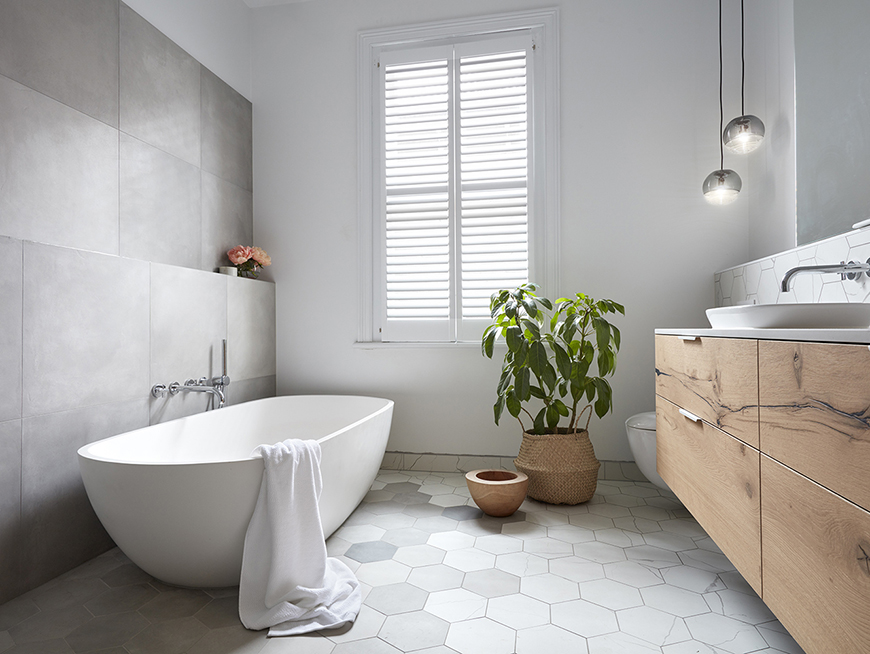
When it comes to designing or renovating a bathroom, choosing the right bathtub is crucial. The bathtub is often the centrepiece of the bathroom, and it can also impact the functionality of the space. But with so many different types, styles, and sizes of bathtubs available, it can be overwhelming to choose the right one. In this blog post, we will guide you through the process of choosing the right bathtub for your bathroom.
Is a bathtub worth it?
The first question you might ask yourself is whether a bathtub is even worth it. After all, showers are quicker and more convenient, right? While it's true that showers are more practical for everyday use, there are many benefits to having a bathtub in your bathroom.
One of the main benefits is relaxation. A warm bath can help you unwind and destress after a long day. It's also great for people who have sore muscles or joint pain. A bathtub can also be a luxurious addition to your bathroom and can make your home more attractive to potential buyers.
How do I know what kind of bathtub I need?
To know what kind of bathtub you need, you should consider several factors, including the size and layout of your bathroom, your personal preferences, and your budget. Here are some questions to ask yourself to help you determine what kind of bathtub is right for you:
1. How big is your bathroom? The size of your bathroom will determine what size bathtub you can accommodate. Measure the available space in your bathroom and compare it to the standard sizes of bathtubs to find one that will fit.
2. What style of bathtub do you prefer? There are several styles of bathtubs to choose from, including freestanding, drop-in, alcove, and corner. Each style has its own unique features and benefits, so consider which one will best fit your needs and preferences.
3. What material do you prefer? Bathtubs can be made from a variety of materials, including acrylic, fiberglass, cast iron, and porcelain. Each material has its own advantages and disadvantages, so choose one that is durable, easy to clean, and fits within your budget.
4. What is your budget? Bathtubs can vary widely in price, so determine your budget before you start shopping to ensure that you find one that is affordable.
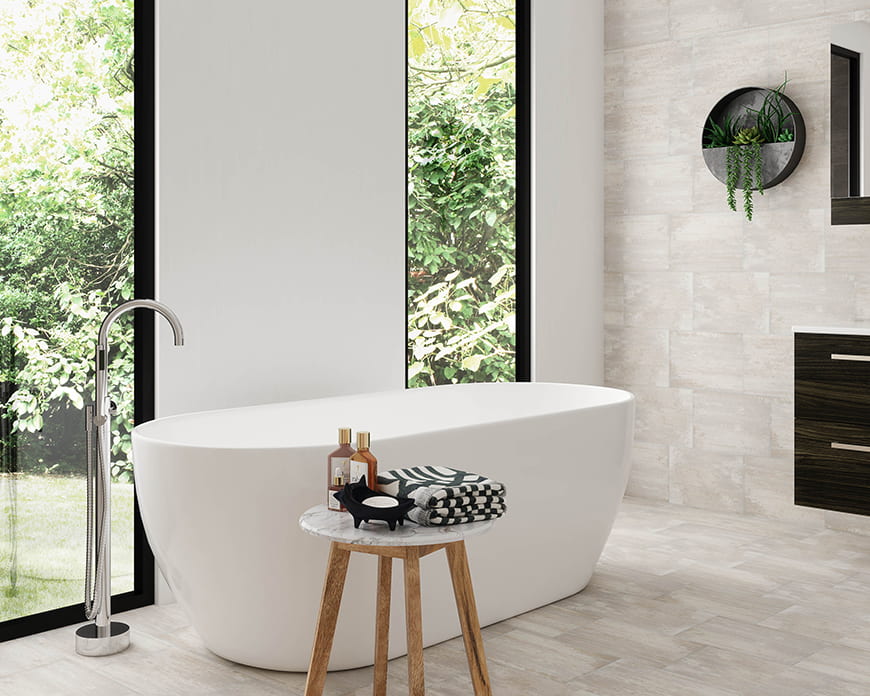
By considering these factors, you can narrow down your options and find the perfect bathtub for your bathroom.
What are standard bathtub sizes?
When it comes to choosing a bathtub, size matters. There are many different sizes of bathtubs available, but some of the most common sizes include:
- Standard rectangular bathtub: 1500mm long, 800mm wide, and 450mm deep
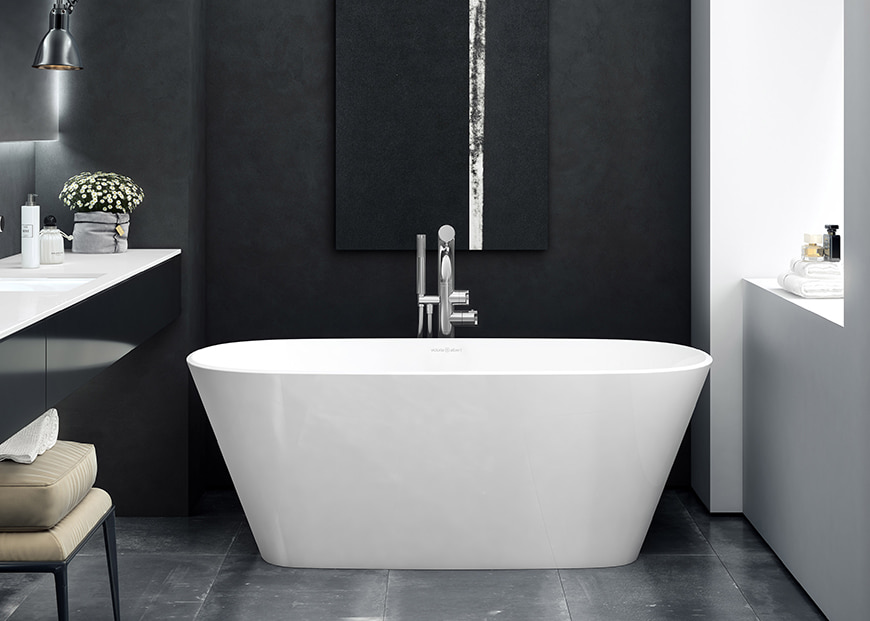
- Small bathtub: 1350mm long, 750mm wide, and 350mm deep
- Large bathtub: 1800mm long, 900mm wide, and 500mm deep
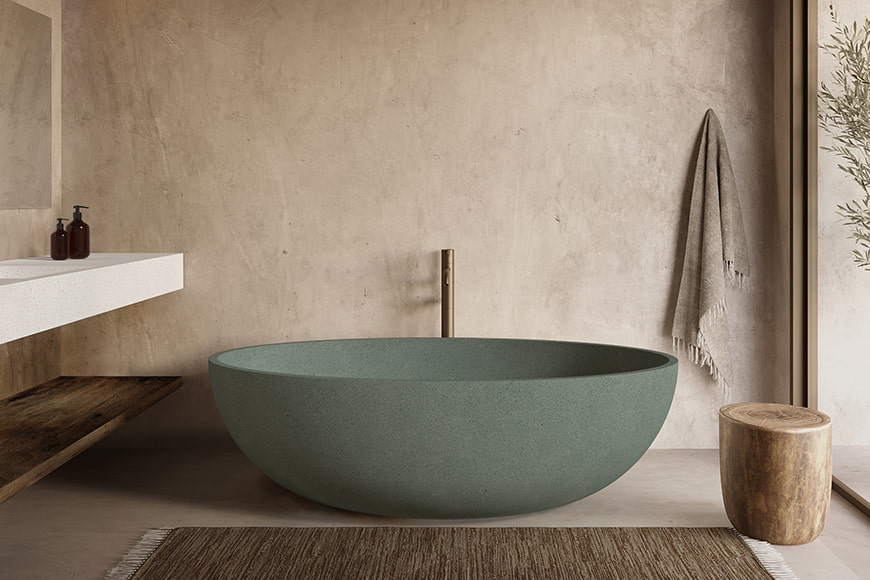
- Corner bathtub: 1600mm long, 750mm wide, and 500mm deep
How do I measure a bathtub before buying?
Before buying a bathtub, it's important to measure the space where it will go. Here are the steps you should follow:
- Measure the length of the space where the bathtub will go.
- Measure the width of the space where the bathtub will go.
- Determine the height of the bathtub you want and make sure it will fit in the space.
- Consider the location of the drain and make sure it lines up with the drain opening in the bathtub.
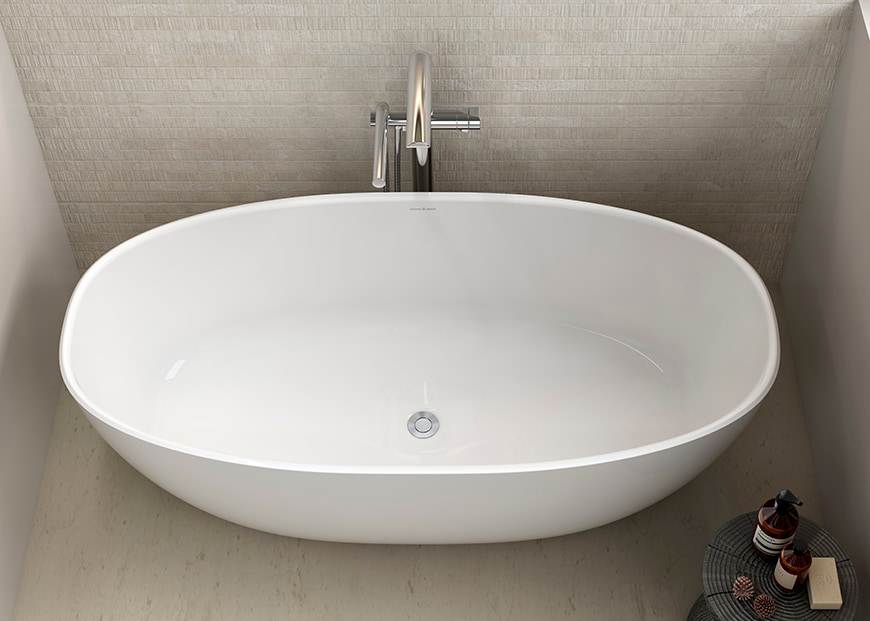
What should I know before buying a bathtub?
Before buying a bathtub, there are a few things you should keep in mind:
Material
Bathtubs are made from a variety of materials, including acrylic, fibreglass, cast iron, and porcelain. Each material has its own advantages and disadvantages, so it's important to choose the one that best fits your needs.
Style
Bathtubs come in a variety of styles, including freestanding, drop-in, back to wall, and corner. Each style has its own unique features and benefits.
Features
Many bathtubs come with additional features, such as jets, a built-in heater, or a sound system. Consider which features are important to you and your lifestyle.
Cost
Bathtubs can range in price from a few hundred dollars to several thousand dollars. Determine your budget before you start shopping and stick to it as closely as possible.
Installation
Consider the cost and process of installation before making your final decision. Some bathtubs are more difficult to install than others, and it may be necessary to hire a professional plumber to ensure proper installation.
What are the different styles of baths?
There are several different styles of bathtubs, each with its own unique features and benefits. Here are some of the most common styles of bathtubs:
- Freestanding bathtubs: Freestanding tubs are a classic style that can be placed anywhere in the room, often with a more luxurious and spa-like feel. They are available in a variety of materials and shapes, including clawfoot, slipper, pedestal, and modern designs.
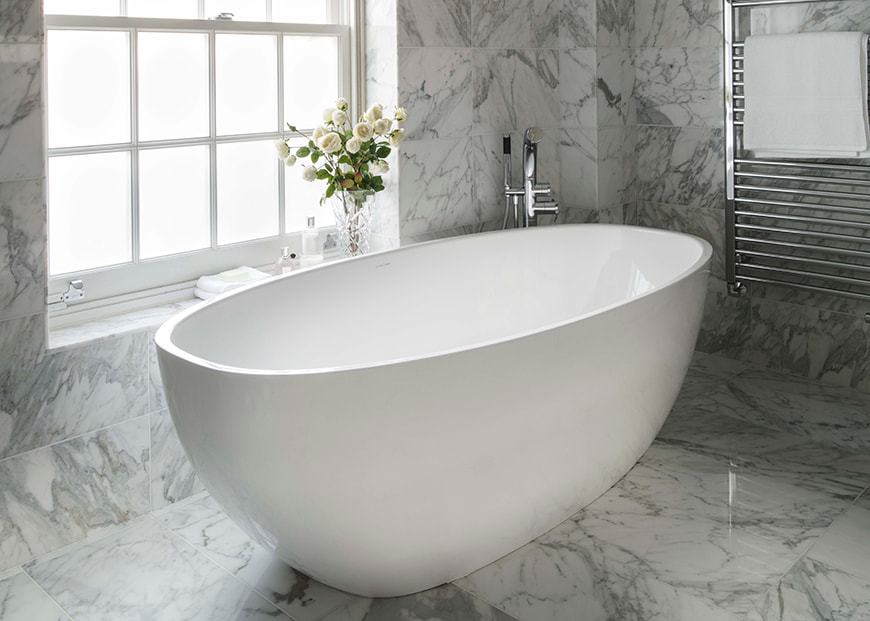
- Drop-in tubs: Drop-in tubs are installed by being dropped into a deck or surround that is built around them, making them a great option for customizing the look of your bathroom. They can be made from a variety of materials and come in a range of sizes and shapes.
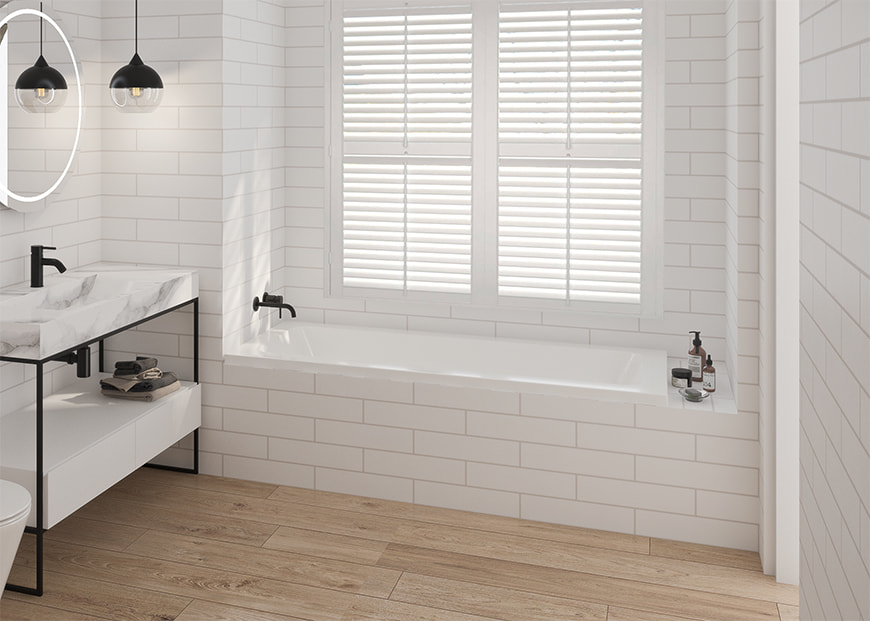
- Back to Wall Baths: The back to wall bath is a fantastic and versatile choice for a bathtub for a wide variety of bathrooms. They are child-friendly baths, perfect for the home of a young family. They also work very well when combined with a shower, ideal for smaller residences as a space-saving option.
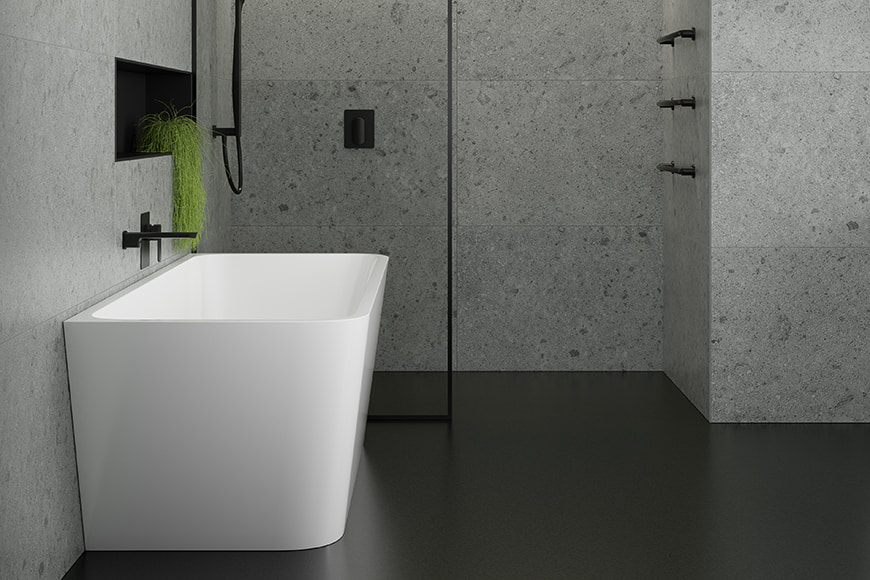
- Corner baths: Corner Baths are designed to fit into a corner of the bathroom and are a good option for smaller spaces. They can be freestanding or built-in and come in a variety of materials and shapes.
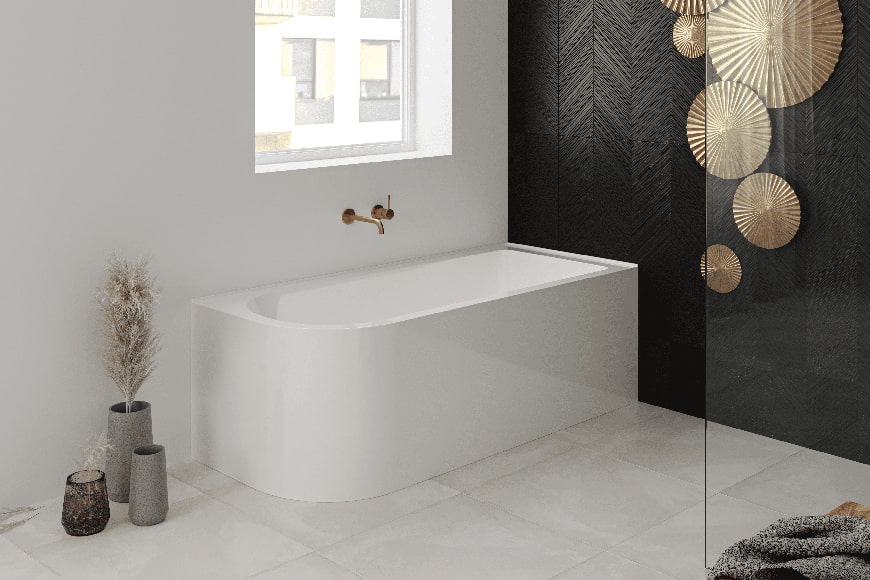
Can I install a bathtub myself?
While it is possible to install a bathtub yourself, it's important to have some plumbing experience and the proper tools. If you're not confident in your abilities, it's best to hire a professional plumber to do the job.
If you do decide to install a bathtub yourself, here are the general steps you should follow:
- Turn off the water supply to the bathroom and disconnect the old bathtub.
- Make sure the area where the new bathtub will go is level and free of debris.
- Install the drain assembly and overflow drain.
- Install the faucet and handles.
- Install the bathtub and connect it to the drain and water supply.
- Test the bathtub to make sure it's working properly.
Why do new homes not have a bathtub?
You may have noticed that many new homes don't have bathtubs. This is because younger generations tend to prefer showers over baths. Additionally, many people are prioritising efficiency and convenience over luxury when it comes to bathroom design. However, if you're someone who enjoys taking baths, it's still worth considering adding a bathtub to your home.
Do bathtubs add value to a home?
If you're considering adding a bathtub to your bathroom, you might be wondering whether it will add value to your home. The answer is yes, but only if it's done correctly. A poorly designed or outdated bathtub can actually decrease the value of your home. However, a modern, high-quality bathtub can be a selling point for potential buyers.
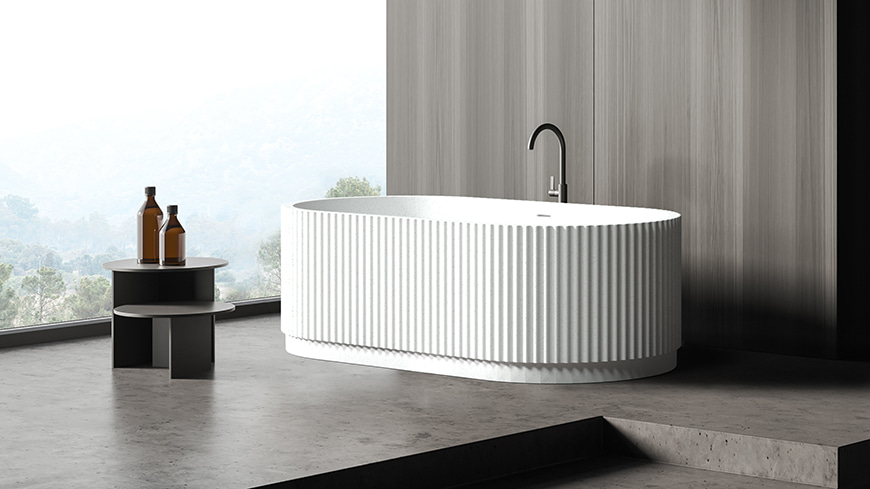
Summary
Choosing the right bathtub for your bathroom can be a daunting task, but by considering the size, style, material, features, and installation requirements, you can make an informed decision. A bathtub can be a great addition to your bathroom, providing relaxation, luxury, and even added value to your home. Just make sure to measure the space, determine your budget, and consider the installation process before making your final decision.
